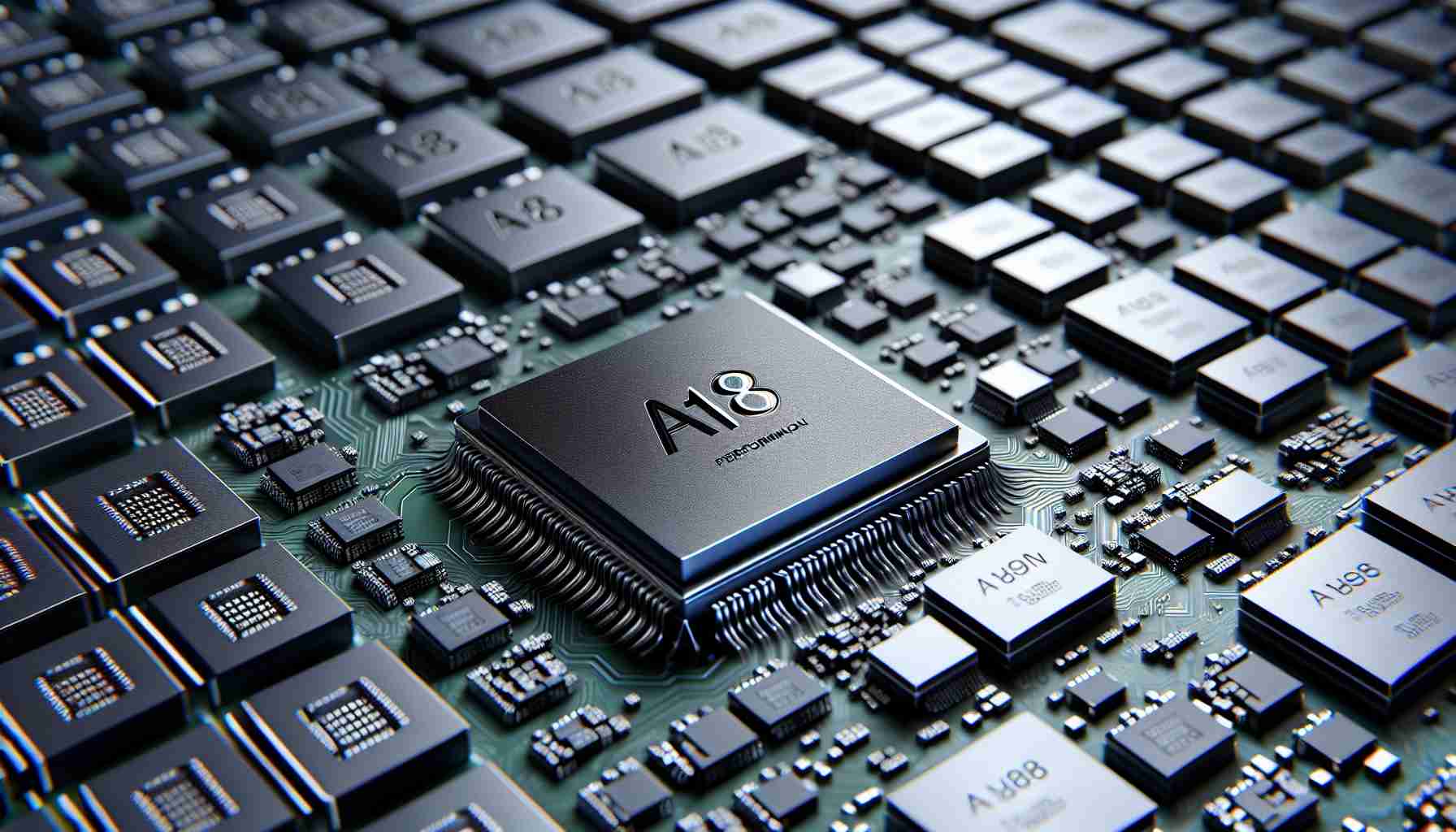Apple’s innovative approach to crafting its own chipsets has proven to be a game changer in the smartphone market. This journey began with the introduction of the A4 SoC in the iPhone 4. Unlike today’s lineup, Apple initially released only one iPhone model annually, showcasing a single groundbreaking device when it debuted in 2007. Now, with the arrival of the iPhone 16 series, performance statistics have been updated by a notable Chinese blogger.
In an analysis of current smartphone processors, Apple’s latest A18 Pro and A18 chips have taken the top two spots. The A18 Pro, utilized in the iPhone 16 Pro models, scored 228.5, closely followed by the A18 at 223.3 points. The methodology for these rankings weighs single-core performance at 30% and multi-core results at 70%, establishing a clear benchmark against older technologies like the Snapdragon 865.
Both chipsets house a six-core CPU configuration, optimizing power usage and performance. The A18 Pro outshines the Snapdragon 8 Gen 3’s prime core, delivering 42% better performance with only a minimal increase in power consumption. The performance gap extends to efficiency cores, where the A18 Pro excels while being more power-efficient.
Despite the A18 Pro’s superior GPU performance, it ranks third among smartphone GPUs. The highest score belongs to ARM’s Immortalis-G720 MP12, highlighting the competitive landscape of mobile processing technologies. Looking forward, Apple plans to leverage TSMC’s advancements for future chipsets, with the A20 Pro expected to revolutionize devices in 2026.
Apple’s A18 Chipsets: Pioneering the Future of Smartphone Performance
Apple’s recent foray into its own chip design has positioned the company at the forefront of smartphone technology. Following the release of the iPhone 16 series, the A18 and A18 Pro chipsets have not only demonstrated outstanding performance but have also sparked discussions on what this means for the future of mobile devices.
Performance Metrics and Benchmarks
The A18 series has achieved remarkable benchmarking scores, with the A18 Pro leading at 228.5 points. This translates into a seamless user experience, particularly as mobile applications become increasingly demanding. However, it’s important to consider how these scores stack up against competitors like Qualcomm and MediaTek. The A18’s performance is not just about the numbers; it’s also about real-world usage scenarios, such as gaming and multitasking, where these chipsets exhibit significant advantages.
Key Questions Associated with Apple’s A18 Chipsets
– What constitutes the superior performance of the A18 series?
The A18 chips utilize a refined six-core architecture that optimizes both single-core and multi-core processing capabilities, allowing for efficient performance across a variety of tasks.
– How does Apple’s chipset development affect competitors?
With a significant lead in performance ranking, other manufacturers may need to innovate aggressively to keep up. This could lead to a faster-paced technological advancement across the industry.
– What are the implications for software development?
As Apple’s hardware becomes more powerful, software developers may need to create more demanding applications tailored to leverage these advancements, potentially pushing the boundaries of mobile computing.
Challenges and Controversies
One of the notable challenges facing Apple’s A18 chipset is the sustainability of its performance edge. As rivals invest in research and development, maintaining this lead will require constant innovation. Additionally, there is increasing scrutiny on wattage efficiency, as users become more environmentally conscious. Apple must balance performance enhancements with sustainable practices to align with customer expectations.
Another pressing concern is the ecosystem lock-in effect associated with proprietary chip designs. While the bespoke A18 architecture provides performance benefits, it can also lead to closed ecosystems where developers are limited to optimizing for Apple devices alone, potentially stifling broader innovation in the smartphone market.
Advantages of the A18 Series
– Exceptional performance: The A18 and A18 Pro offer unmatched processing capabilities, especially in single-core tasks, which translates to a faster user experience.
– Power efficiency: These chipsets provide enhanced performance with minimal increases in power consumption, prolonging battery life for users.
– Future-proofing: With plans for continued advancements through TSMC, Apple is poised to remain at the cutting edge of smartphone technology.
Disadvantages of the A18 Series
– High costs associated with development and manufacturing: The investment in R&D for custom chips is substantial, which can contribute to higher device prices for consumers.
– Limited compatibility with non-Apple products: The proprietary nature of the A18 may deter potential developers of cross-platform applications, leading to a less versatile app ecosystem.
As Apple continues to pioneer smartphone technology, the A18 series represents a significant leap in performance. The combined advantages of efficiency, power, and user experience position Apple’s offerings as formidable competitors in the mobile space.Apple























